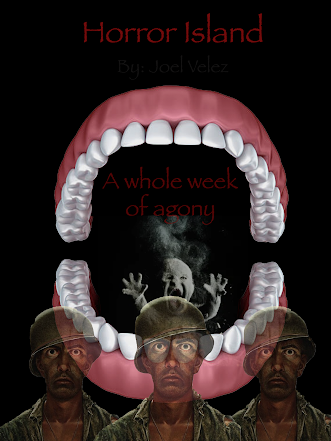Exercise 1
Instructions:
Mini Narrative Panels. Think of a simple everyday scenario – for example, “running late for class,” “losing and finding a pet,” or “preparing for a school presentation.” Your task is to tell that story in 3–5 frames or panels, without using any text (imagine it like a short comic strip or storyboard).
- Step 1: Identify the story elements in your scenario. Who is the character (maybe a student, a pet owner)? What is the setting (a dorm room, a park, a classroom)? What’s the conflict or problem (alarm didn’t go off, the pet ran away, stage fright)? What emotions will you convey (panic, sadness, excitement)? And what’s the resolution (they catch the bus just in time, find the pet at the neighbor’s, deliver a successful presentation)? Jot these down.
- Step 2: Sketch the panels. Panel 1 should set up the character and setting clearly. Panel 2 (and 3, if using more) should show the conflict or challenge rising – use facial expressions or visual cues to dramatize it (sweat drops to show stress, maybe a clock ticking to show time). Panel 3 (or final panel) shows the resolution – the problem solved or the lesson learned. Make sure the final image feels like an ending: you might show the character’s emotion changed (now smiling, relieved) and the situation fixed.
- Step 3: Pay attention to visual techniques. Use composition to guide the story: for example, in Panel 1, maybe center the character to establish them. In Panel 2, use a diagonal composition or something a bit chaotic to emphasize conflict. In Panel 3, maybe a balanced, centered composition to imply resolution and stability. Also consider visual cues for emotion: color each panel’s background to match mood (gray or red for conflict, bright green or blue for happy resolution). Even if you’re just sketching in pencil, you can use things like thought bubbles, motion lines, or varying the amount of white space to communicate tension vs. calm.
- Step 4: Share your visual story with a friend or classmate (or imagine showing it to someone). No captions allowed – see if they understand the story just from the visuals. Ask them to describe what they think happened. If they get it, great! If they miss something (“I wasn’t sure why he was panicking here”), that’s a clue for what you could clarify (maybe draw the alarm clock bigger or add the time “8:05” on it to show he’s late).
For my story story we have 2 friends hanging out in their dorm room, the friend with glasses get hungry and they go out to go get some, almost get caught in the middle of a car crash but after surviving have a good laugh over it.
Here are my panels:
Panel 1 (P.s. I used ai ONLY for this one the next one I made using the pen tool in illustrator and the rest are hand drawn because I didn't want to use ai and the pen tool made me increasingly violent)(That last part was a joke
Panel 2
(New setting)
Panel 3
Panel 4
Panel 5









Comments
Post a Comment